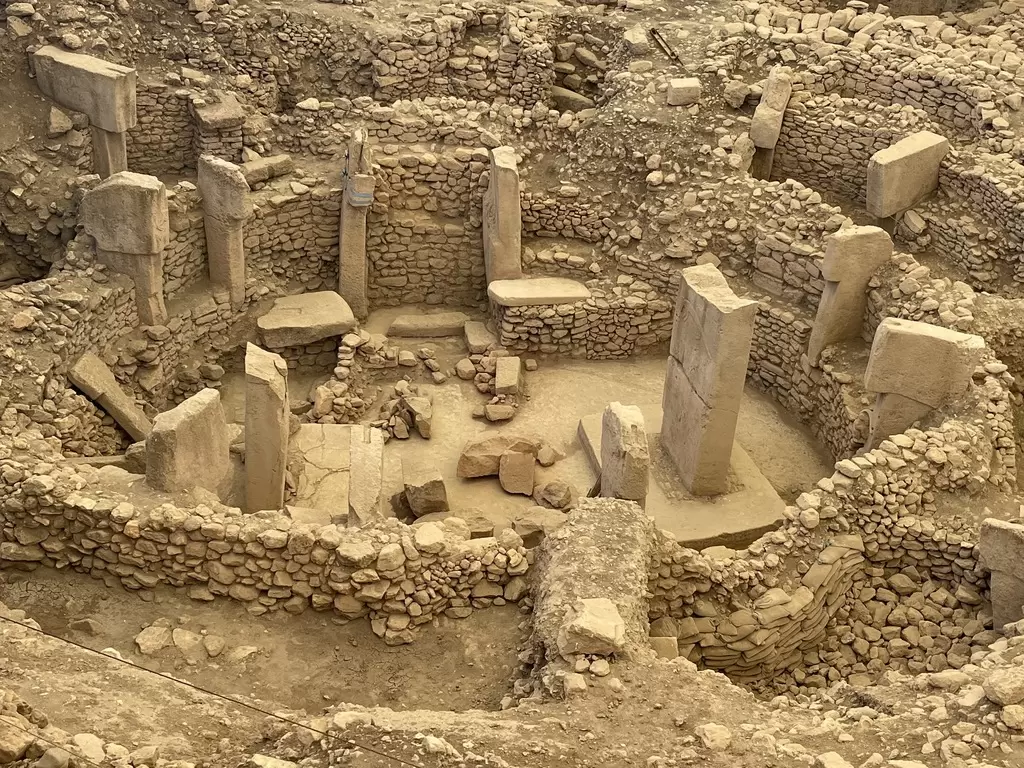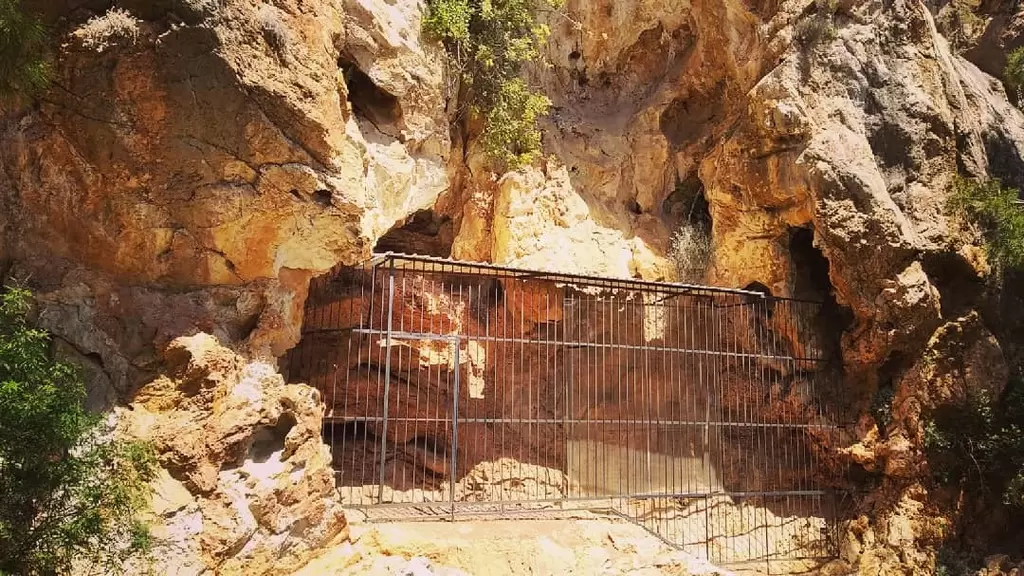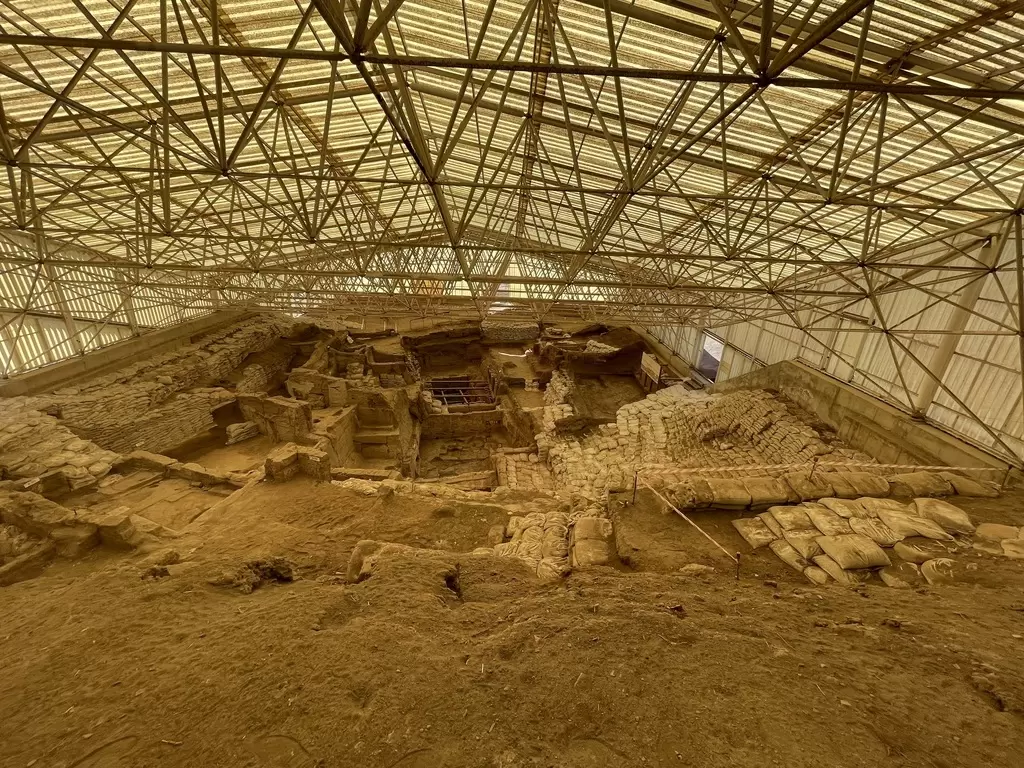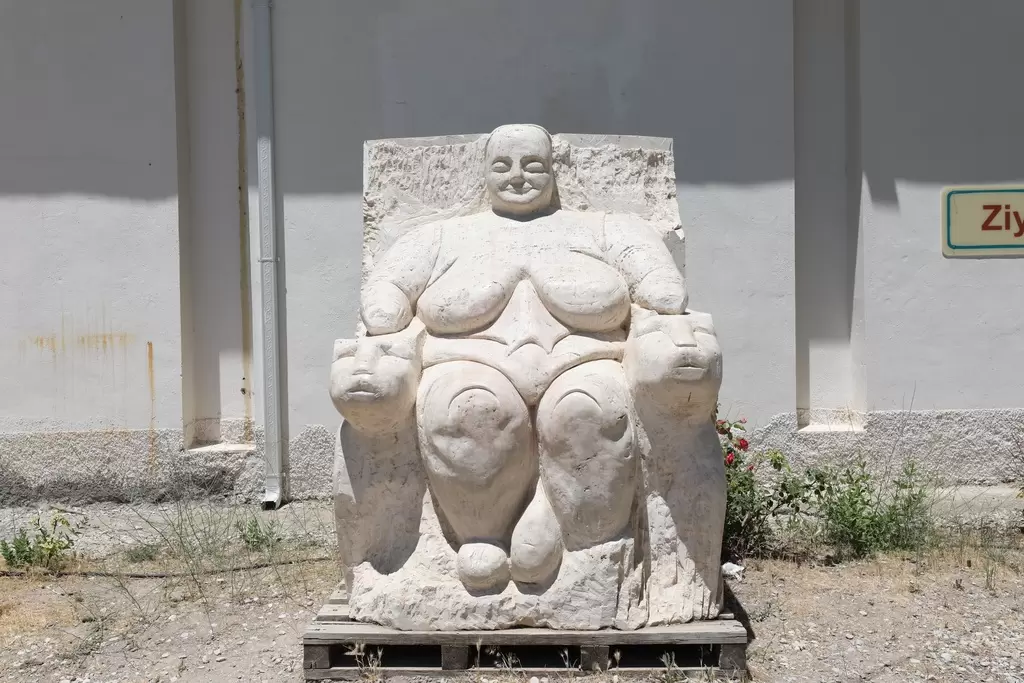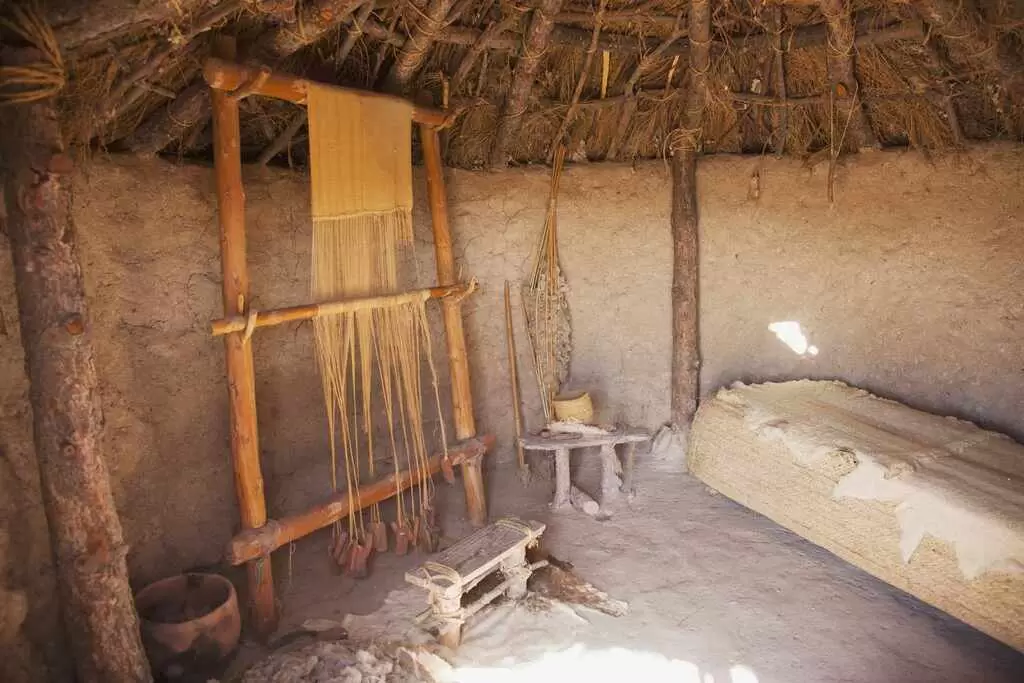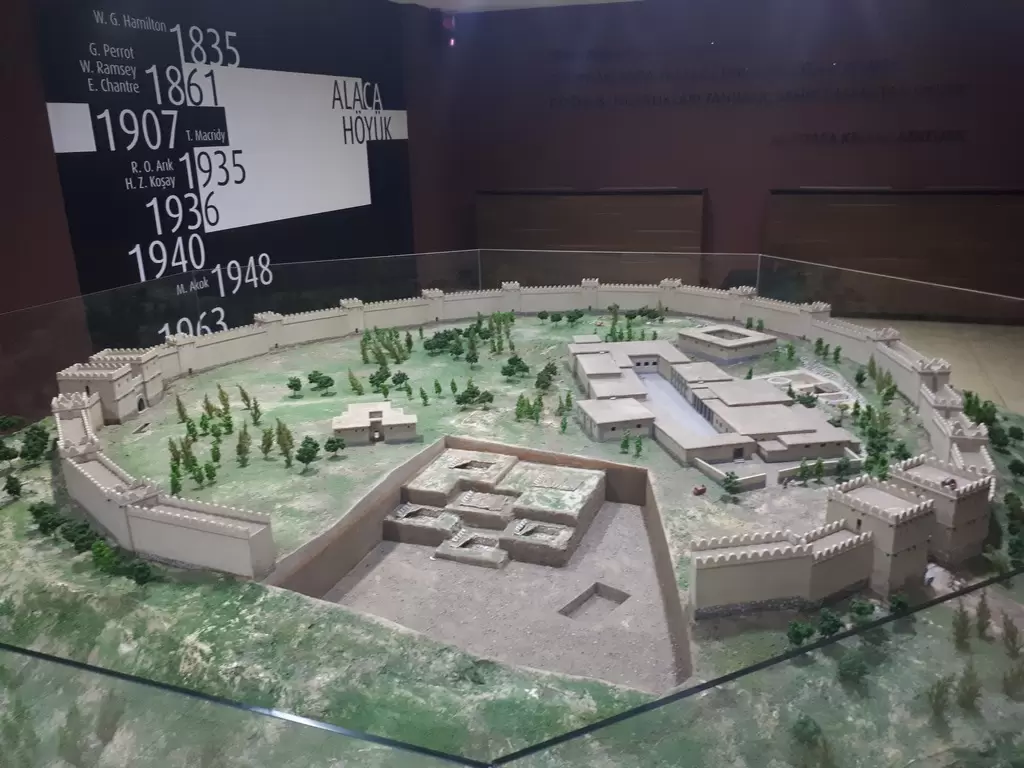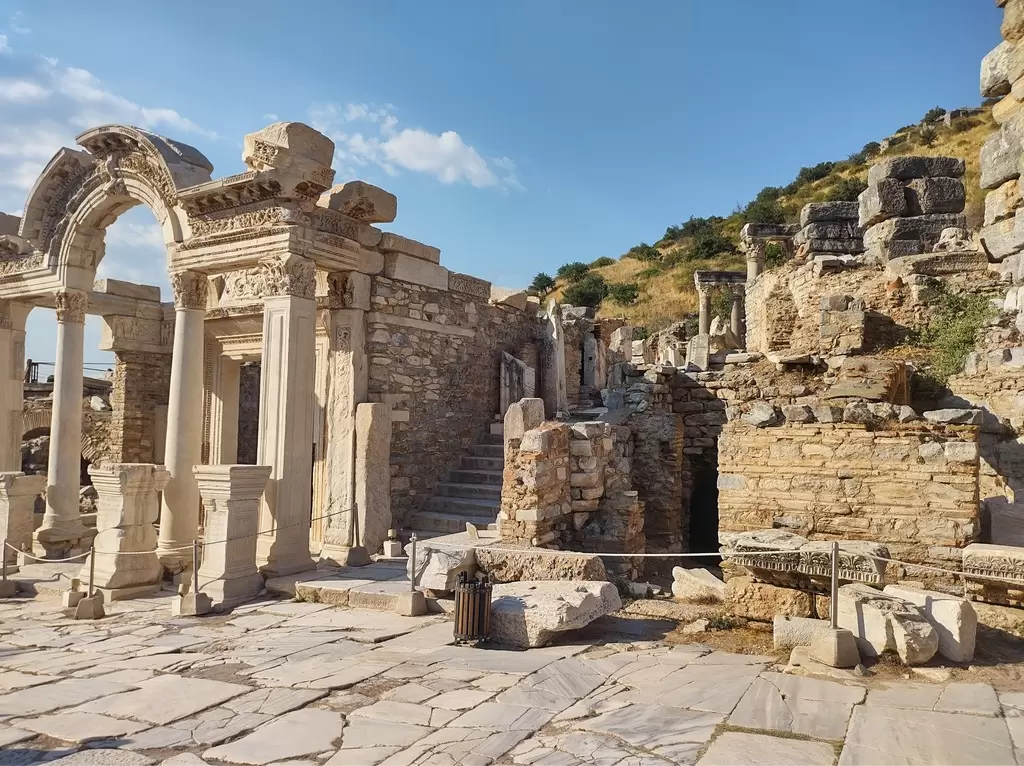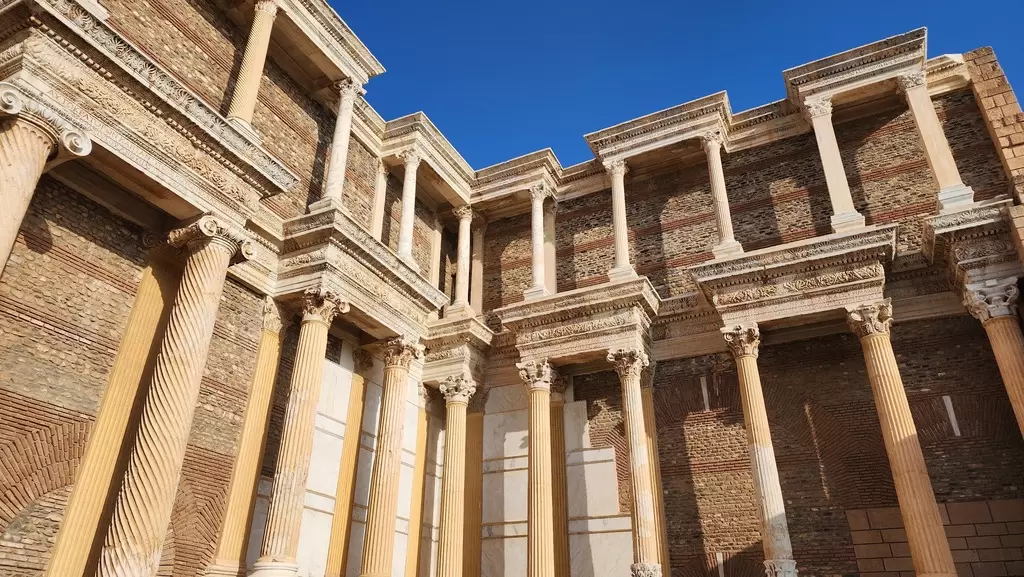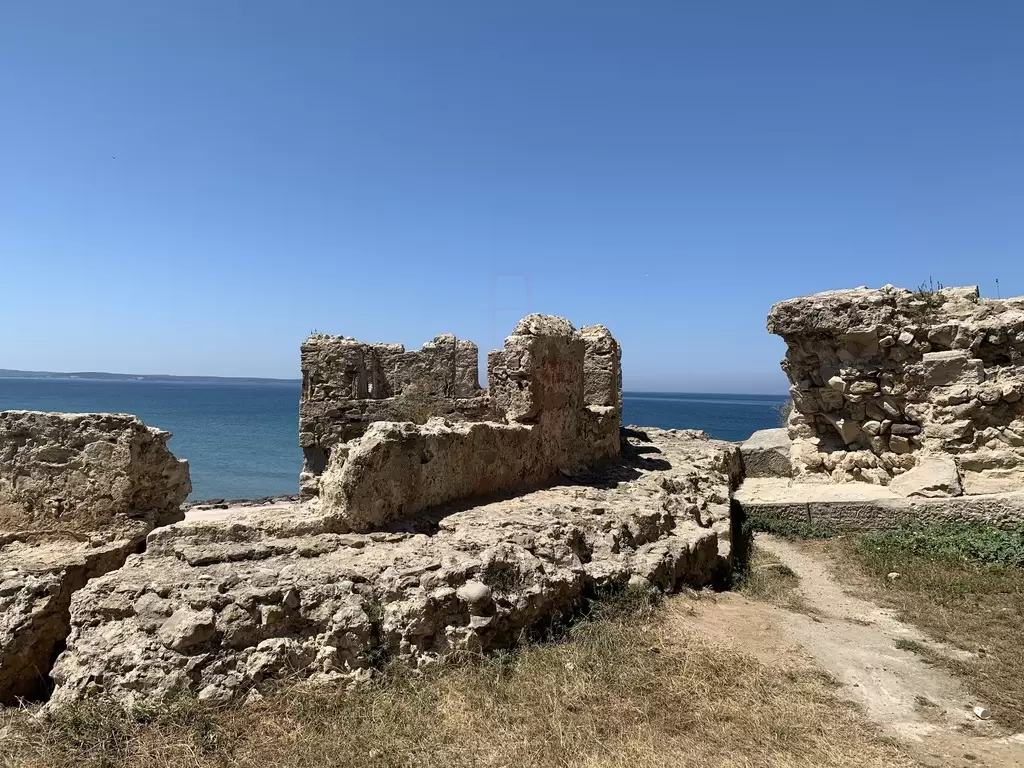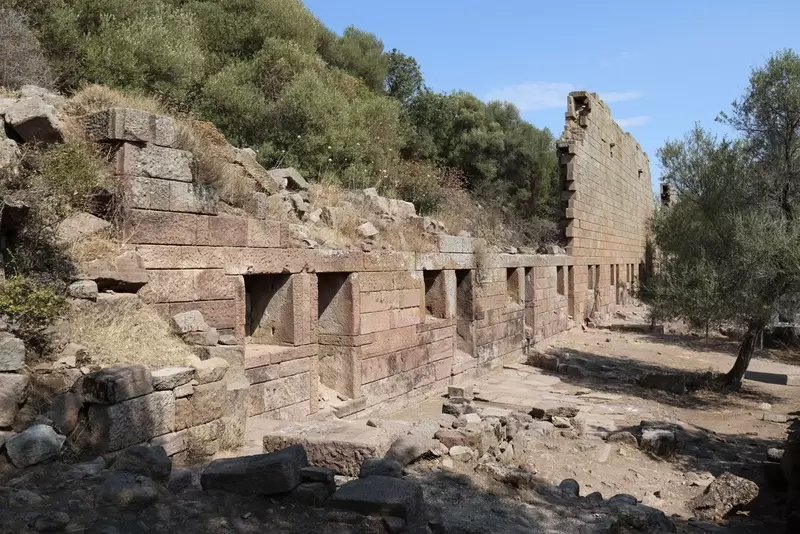
The Kingdom of Aeolis, situated in western Anatolia along the Aegean coast, flourished from the 10th century BCE as a significant center of trade and culture in the ancient world. This kingdom was made up of numerous city-states, each with its distinct character, including notable centers such as Smyrna (modern-day Izmir), Phocaea, Erythrae, and Mytilene. The Aeolian Greeks established these settlements, which became crucial hubs for maritime commerce, enabling them to thrive economically and culturally.
Aeolis was characterized by its unique blend of Greek and local Anatolian influences, which shaped its social and political structures. The city-states of Aeolis operated semi-independently, often engaging in alliances and rivalries with one another. This decentralized governance allowed local leaders to address specific needs while contributing to the overall identity of the kingdom.
The economy of Aeolis was primarily based on agriculture, fishing, and trade. The fertile plains surrounding the region supported the cultivation of grains, olives, and grapes, while its coastal location facilitated maritime trade with other Mediterranean cultures. The city of Phocaea, in particular, became renowned for its naval prowess and established colonies across the Mediterranean, including in areas like southern France.
Culturally, the Kingdom of Aeolis made significant contributions to literature and philosophy. It was home to several renowned poets and philosophers, including the lyric poet Alcaeus and the philosopher Anaxagoras. The region's artistic achievements are reflected in its pottery, sculpture, and architecture, showcasing a distinct Aeolian style that combined local traditions with broader Greek influences.
Archaeological excavations in Aeolis have uncovered a wealth of artifacts that provide insights into the daily lives of its inhabitants. Remnants of temples, public buildings, and residential areas reveal the architectural sophistication of Aeolian cities. Notable sites include the ancient city of Smyrna, which boasts ruins dating back to the Hellenistic period, and the well-preserved theater in Erythrae.
The decline of the Kingdom of Aeolis began in the 4th century BCE, as larger powers like the Macedonians and eventually the Romans exerted control over the region. Despite this decline, the cultural and historical contributions of Aeolis endured, influencing subsequent civilizations in Anatolia.
Today, the legacy of the Kingdom of Aeolis is celebrated through its archaeological sites and historical narratives, offering a fascinating glimpse into the lives of its ancient inhabitants. The rich history of this kingdom highlights its role as a significant player in the ancient Mediterranean world, showcasing a vibrant society that thrived on trade, culture, and innovation.








